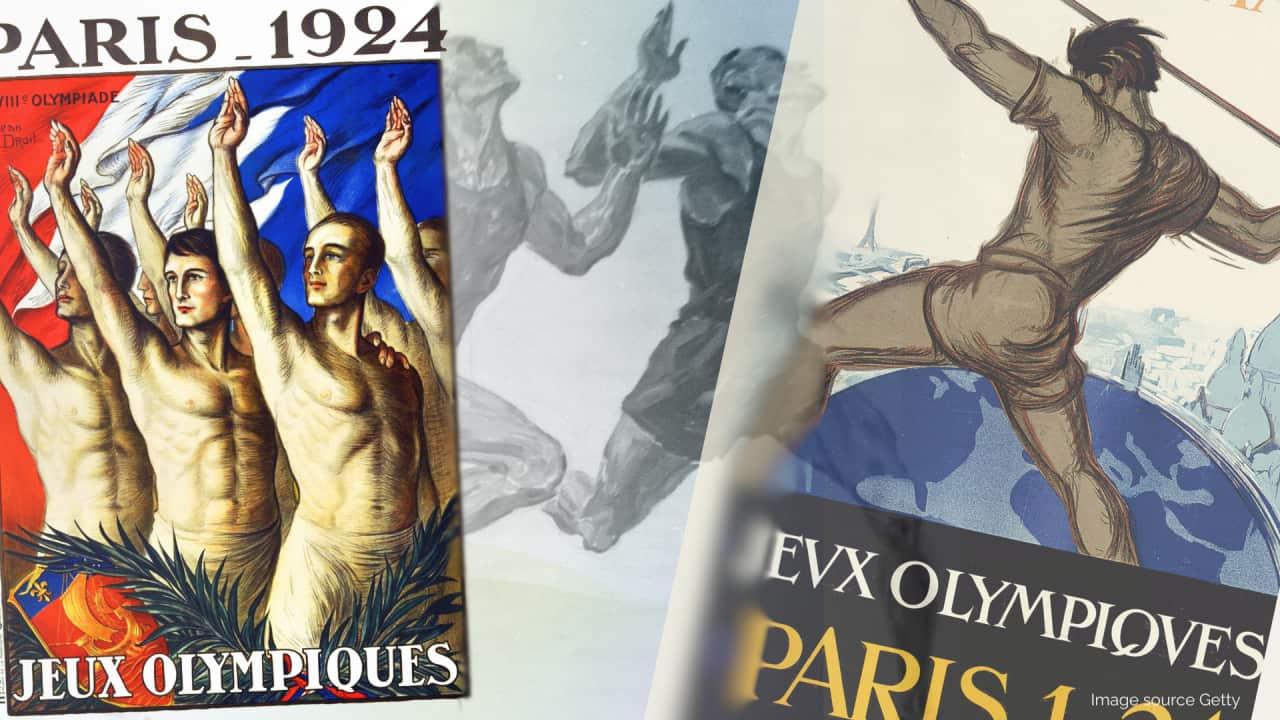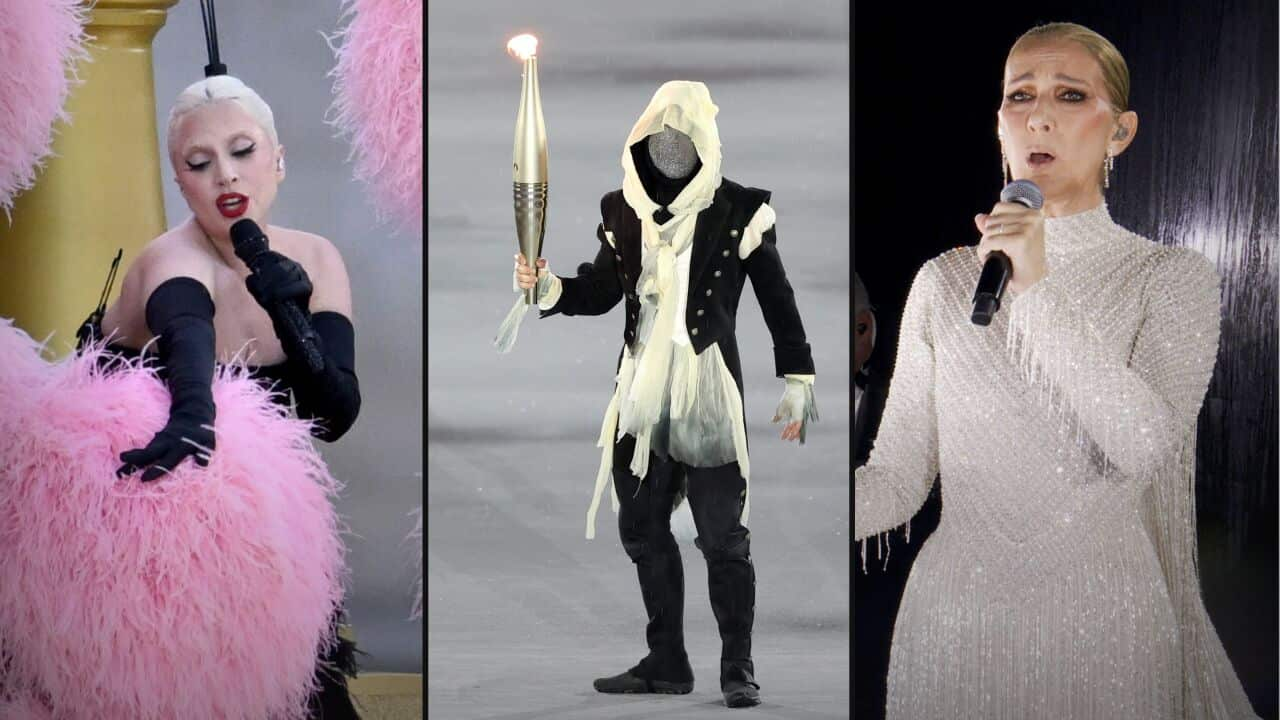Olympic viewers will no doubt be familiar with artistic gymnastics, but art and the Games once had a far more literal link. While sportspeople were straining their muscles in the pursuit of athletic glory, artists from a range of disciplines also competed for Olympic medals.
The idea of combining art and sport came from the French educator Pierre de Coubertin, who revived the contemporary Olympic Games in 1894, with the first games hosted in Athens in 1896. Art categories joined sport for the first time at the fifth games in Stockholm in 1912 and remained an official part of the competition until 1948.
Initially, the art categories included architecture, painting, sculpture, music and literature. However by the Los Angeles Olympics in 1932, the competition included glass work, paintings on porcelain and even textiles.
As advertised by the International Olympic Committee (IOC), the main rule for the entries was that they had to be directly inspired by 'the idea of sport' and could not be presented before the Games.
According to the IOC, over the three decades of the Olympic Art Competition, Germany won the most medals with 24, followed by Italy and France with 14 and 13 medals respectively.
However, in some cases, medals were not awarded at all. According to the Olympic historian Bernhard Kramer, out of 153 possible medals only 124 were awarded.
For example, at the Paris 1924 games, the jury decided that none of the seven entries in the architecture category deserved a medal. It was bad news for the Danish architect Ejnar Mindedal Rasmussen who entered a design plan of a swimming pool in his hometown Ollerup. However, Rasmussen came back with a revised plan for the Amsterdam Olympics in 1928 and won silver.
Olympic gold medal for a poem
Olympic historians allege that initially, the artistic community didn't take the art section of the Olympics seriously, with only fringe and lesser-known artists entering the Games.
In fact, one of the winners at the first Olympic Art Competition in 1912 was Coubertin himself. He participated in the literature category under a pseudonym and won a gold medal for his Ode to Sport.
However by the 1924 Olympic Games in Paris, the popularity of the art competition had grown significantly, with 189 entries coming from 23 countries.
One of the winning artists in 1924 in Paris was Jean René Gauguin, son of the famous artist Paul Gauguin. One of at least five of Gauguin's children, he grew up in Denmark and was a trained carpenter turned sculptor. He was awarded a bronze medal for his sculpture Boxer.

Luxembourg artist Jean Jacoby won medals at two consecutive Olympic Games — in 1924 in Paris and 1928 in Amsterdam, making him the most successful artist of the Olympic Games. Credit: ullstein bild via Getty Images
In a paper for the International Society of Olympic Historians, Stanton quotes Tynni: "It is so occasional who happens to participate in an art competition like that. If it had been the best poets of the time it would have been different. It is different with the sporting events, only the best compete in the Olympics."
Australian composer and songwriter Ruby Reynolds-Lewis participated in the Paris Olympics in 1924. Her composition Foxhunt was one of the seven entries in the music category. However that year, the jury — which included famous Russian composer and conductor Igor Stravinsky — decided that none of the entries deserved a medal.

The bronze sculpure The Finnish Discus Thrower by Kostas Dimitriadis, part of the exhibition "Olympism. A modern invention, an ancient heritage" at the Louvre Museum in Paris in April. on April 23, 2024 in Paris, France. Credit: Thierry Chesnot/Getty Images
The contest was abandoned, but art in the Olympics lives on. Since the Melbourne Games in 1956, each host country has organised a "cultural programme" as one of the key parts of the celebrations. In Paris 2024, the cultural program runs until the start of September 2024.










